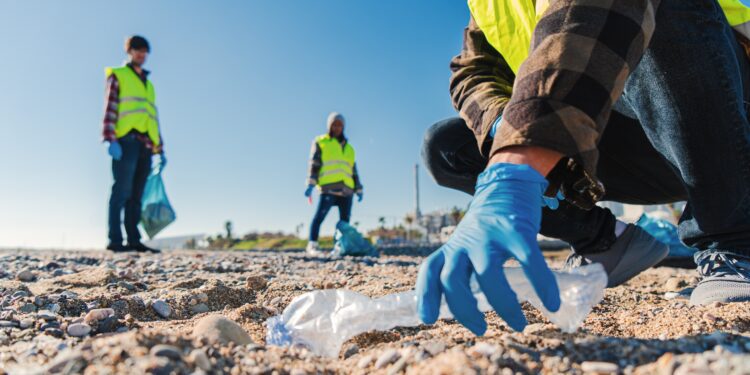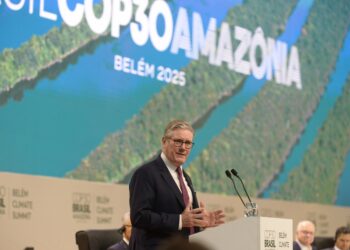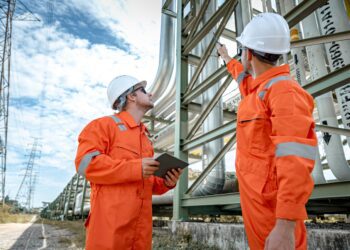In American parks and playgrounds, plastic litter is piling up. Tree branches catch rogue plastic bags. Crumpled candy wrappers and orphaned bottle caps lie discarded in storm drains. Empty plastic bottles roll down sidewalks, used just once then forgotten.
Although plastic litter has a way of weaving itself uninvited into the natural scenery and tarnishing our green spaces, plastic poses more than an unsightly litter problem. Over 99% of plastic is produced from fossil fuels, and extracting and transporting gas and crude oil are themselves major sources of carbon emissions. Not surprisingly, turning gas or crude oil into usable plastic is also an energy-intensive process. While there are hundreds of plastic production facilities in the U.S. alone, the annual emissions from just two of them are equivalent to 800,000 cars on the road.
Many plastic items are used just a handful of times before being discarded. And despite claims from the plastics industry that plastic is recyclable, less than 10% of all plastic discarded in the U.S. is recycled. Most of it goes to landfills or incinerators; some of it becomes litter. Plastic pollution is especially concerning in our oceans and waterways. In the Pacific Ocean, the accumulated floating Great Pacific Garbage Patch is nearly twice the size of Texas.
Although plastic pollution may feel overwhelming, new research suggests that limits on plastic—and plastic bags in particular—reduce the prevalence of plastic litter.
How can we reduce plastic trash and litter?
Because plastic bags are lightweight by nature, wind easily sweeps them away and deposits them on shorelines and in waterways. That’s why, since 2018, more than 100 countries around the world have either banned or limited plastic checkout bags in certain stores. Many towns, cities and states have enacted their own bans or limits:
Between 2017 and 2023, researchers Anna Papp and Kimberly Oremusreviewed more than 600 bag policies enacted by states and towns across the U.S. They then compared these bag policies with community-collected data from more than 45,000 shoreline cleanups where participants categorized the items they found.
Researchers compared the composition of litter from cleanups in places before and after bag bans or limits took effect. They also compared the data on litter in places with bag bans or limits to places without such policies.
Do community restrictions on plastic bags reduce plastic litter?
The bad news is plastic litter increased across the board during the study’s six-year window. But plastic litter increased less in places that banned or limited plastic bags.
More importantly, the bag bans and limits resulted in significantly lessplastic bag litter (as opposed to plastic litter overall). The bag ban and bag limit communities also saw a 30% reduction in animal entanglements, which suggests that such policies don’t just reduce litter. They also may help protect wildlife.
As it turns out, the type of policy matters. Complete bans and fee-based policies led to the greatest reductions in bags on shorelines. Partial bans, on the other hand, weren’t quite as effective. The study’s authors concluded this may be due to the fact that partial bans often offer exemptions for thicker, “reusable” plastic bags, many of which ultimately end up becoming litter.
While complete bans in towns and cities were found to be effective, state-level policies corresponded with the greatest reductions in plastic bag litter. You can learn more about what type of impact a statewide or town-wide plastic bag ban would have on your community by entering your town’s name into Environment America’s Single-use Plastic Bag Ban Waste Reduction Calculator.
Read the full article by Celeste Meiffren-Swango / Environment America












